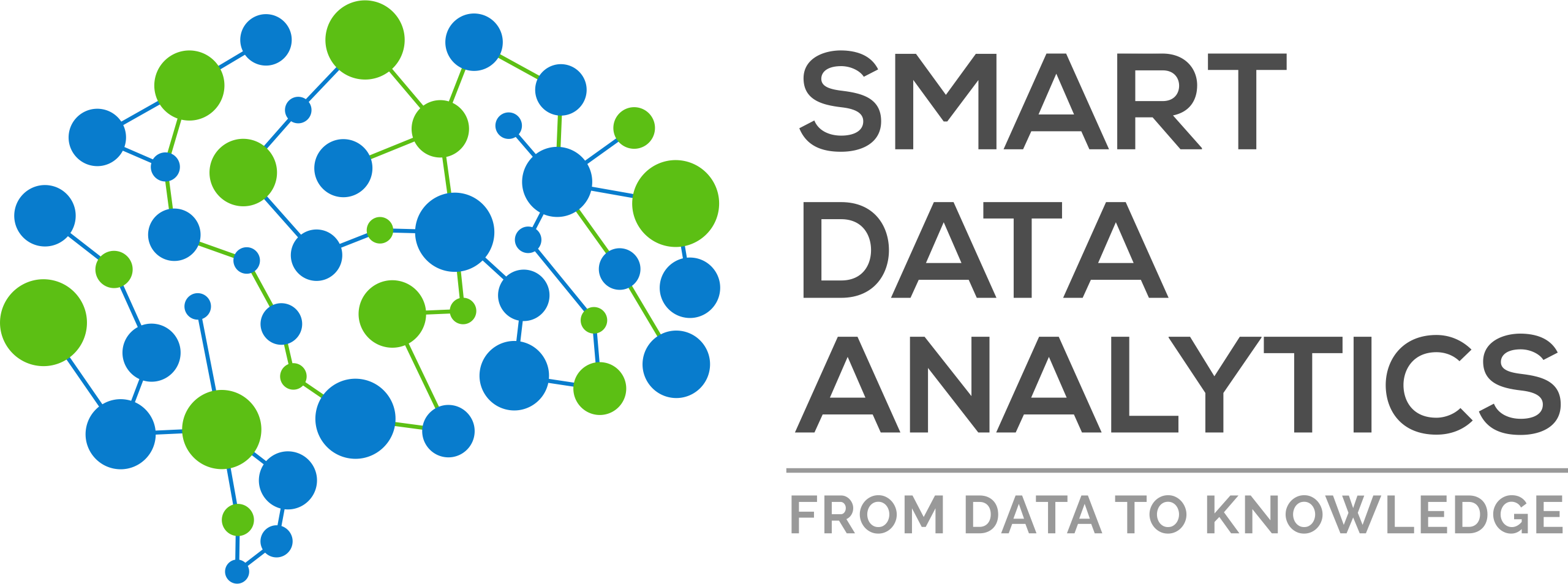The International Joint Conference on Neural Networks (IJCNN) covers a wide range of topics in the field of neural networks, from biological neural networks to artificial neural computation. IJCNN 2020 will be featured by the IEEE World Congress on Computational Intelligence (IEEE WCCI), the world’s largest technical event in the field of computational intelligence.
Here is the pre-print of the accepted paper with its abstract:
Let the Margin SlidE± for Knowledge Graph Embeddings via a Correntropy Objective
By
Mojtaba Nayyeri,
Xiaotian Zhou,
Sahar Vahdati,
Reza Izanloo,
Hamed Shariat Yazdi and
Jens Lehmann.
Abstract
Embedding models based on translation and rotation have gained significant attention in link prediction tasks for knowledge graphs. Most of the earlier works have modified thescore function of Knowledge Graph Embedding models in order to improve the performance of link prediction tasks. However, as proven theoretically and experimentally, the performance of such Embedding models strongly depends on the loss function. One of the prominent approaches in defining loss functions is to set a margin between positive and negative samples during the learning process. This task is particularly important because it directly affects the learning and ranking of triples and ultimately defines the final output. Approaches for setting a margin have the following challenges: a) the length of the margin has to be fixed manually, b) without a fixed point for center of the margin, the scores of positive triples are not necessarily enforced to be sufficiently small to fulfill the translation/rotation from head to tail by using the relation vector. In this paper, we propose a family of loss functions dubbed SlidE± to address the aforementioned challenges. The formulation of the proposed lossfunctions enables an automated technique to adjust the length of the margin adoptive to a defined center. In our experiments on a set of standard benchmark datasets including Freebase and WordNet, the effectiveness of our approach is confirmed for training Knowledge Graph Embedding models, specifically TransE and RotatE as a case study, on link prediction tasks.

